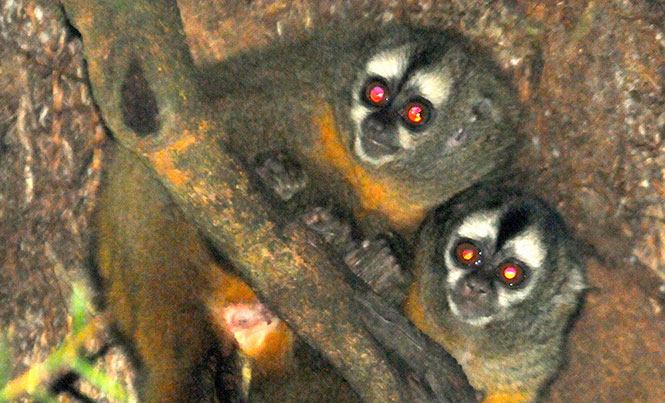
Many species of animals are known to be socially monogamous, meaning they are part of a couple and raise their offspring together, but may not be faithful to their mate. It would seem that most male and female animals step out on each other. Many birds return to the same mate for their whole life during mating season, some even help raise the offspring, but an exceptional couple in the bird kingdom is the black Vulture. The black vulture seems to be an example of monogamy. They live together, hunt together and raise their young together. It has even been said they will attack another vulture that is cheating on its mate.
The barn owl is considered a species that mates for life and is faithful to their mate, although if they have difficulties producing young together, they will seek another mate.
When it comes to monogamy amongst the rodent families, the prairie vole, the California mouse, and the oldfield mouse are all species that stay exclusively with one mate. They stay together for life and raise their young together. Scientists find that the prairie voles endless love is in part caused by the level of neurotransmitters in their brains, the chemicals that cause a type of addiction for their first love.
We have always considered the swan as a symbol of true love. Although they live in bonded pairs and the male swan is a good father, the swan is known to have multiple partners, and some even leave their mate for a new love.
In the primate world, the owl monkey has been found to be a faithful mate, bonding for life. Unlike most primates who are more promiscuous.
Underwater, you will find French angelfish bonded couples who spend all their time together and fiercely defend their territory as a couple for as long as they live.
Wolves create pair bonds, yet are not always faithful, but the coyote, golden jackal and the black-backed jackals are considered to be monogamous couples.